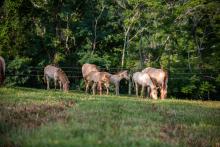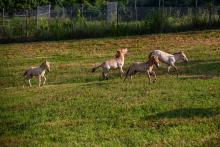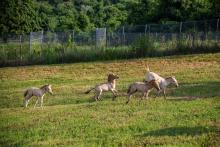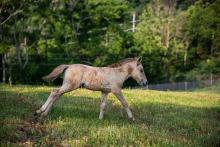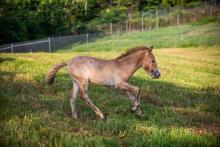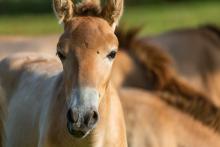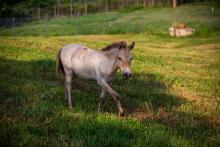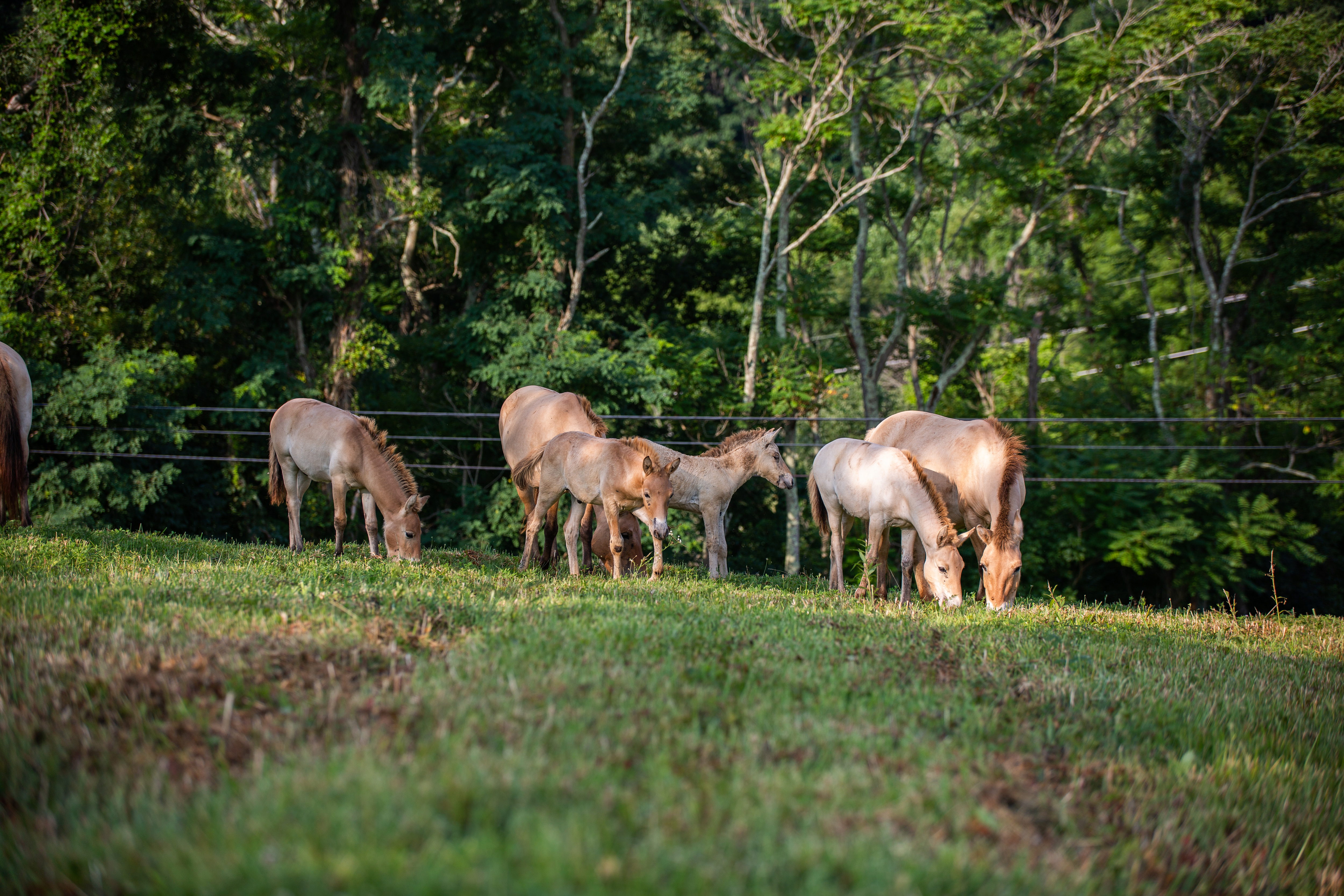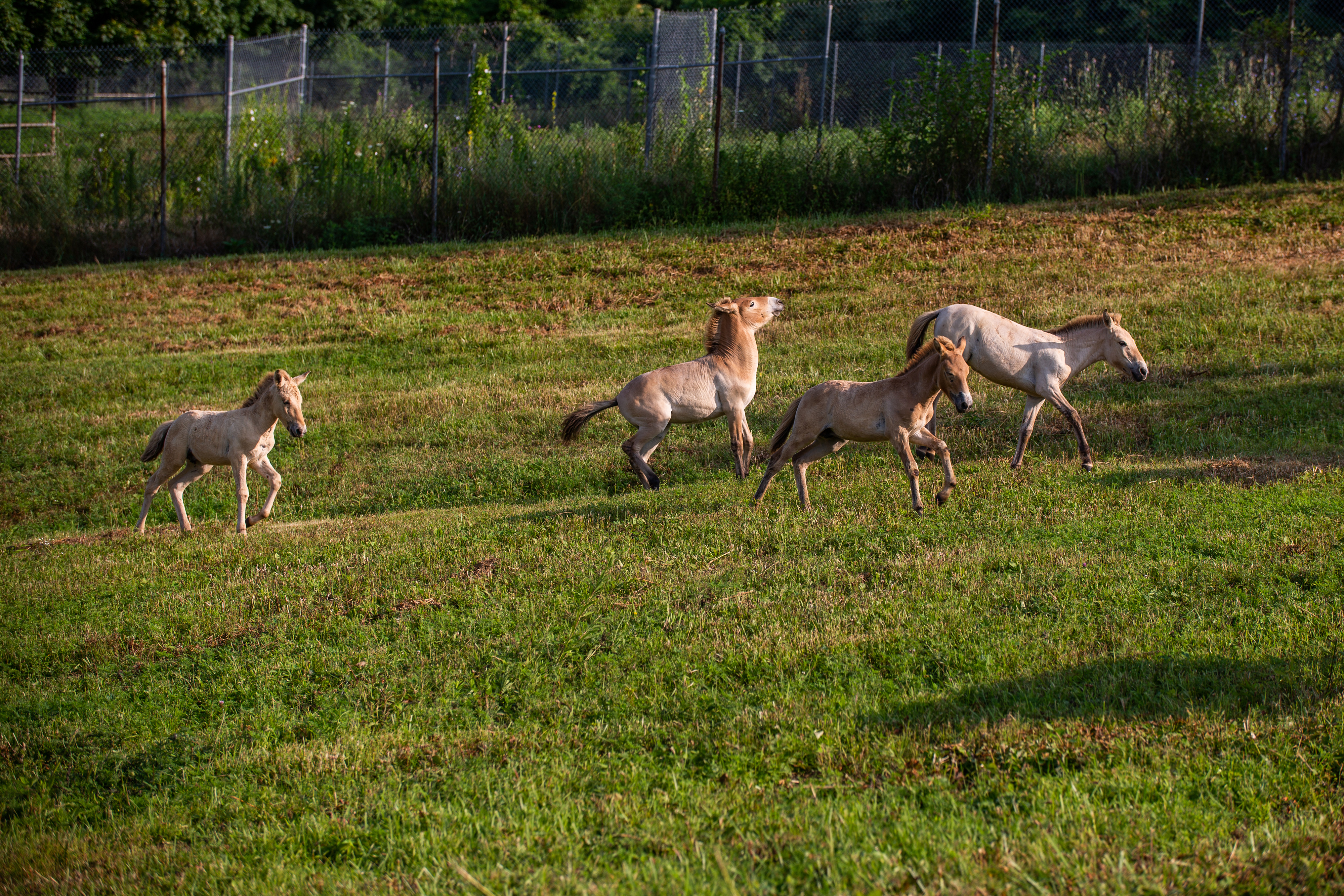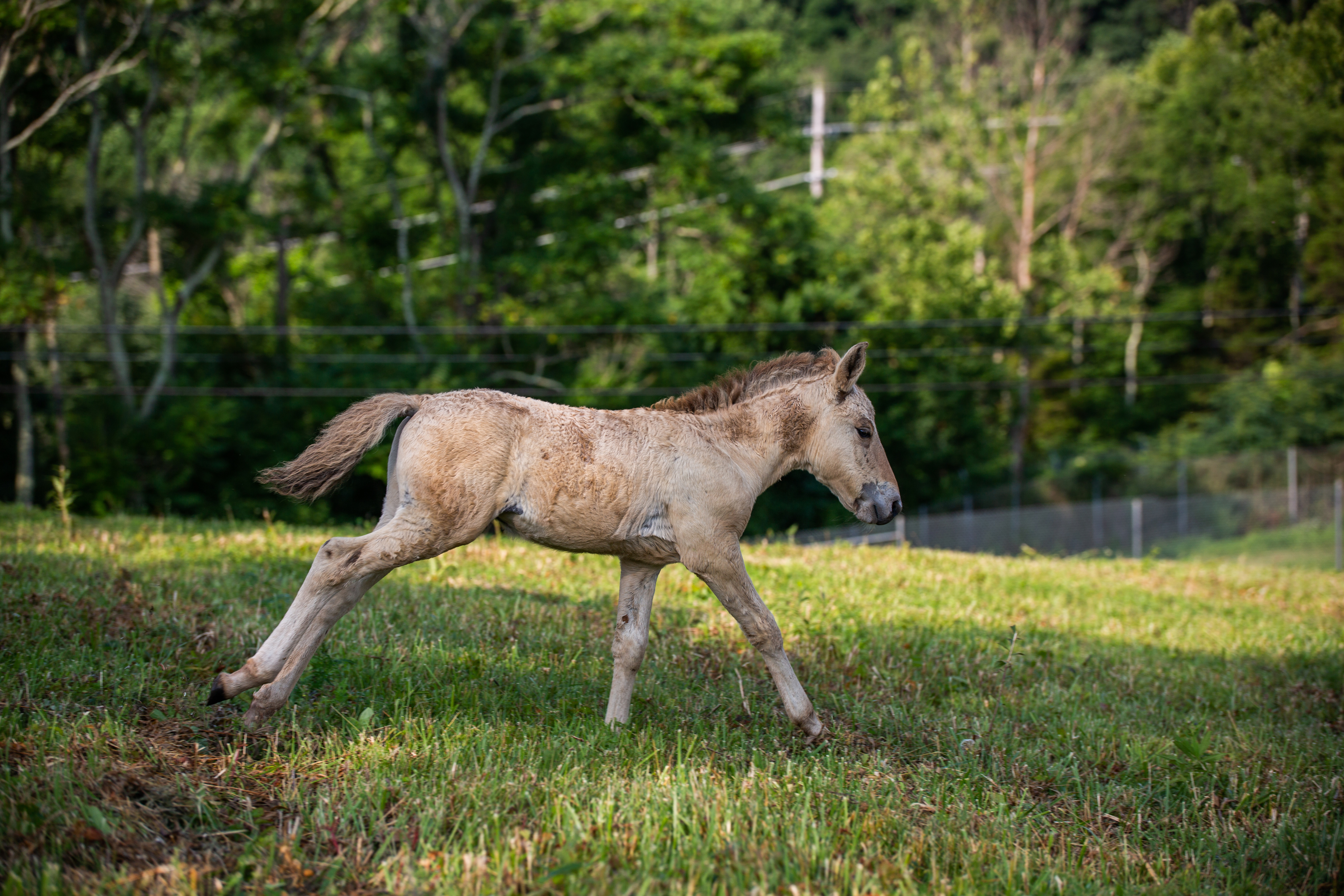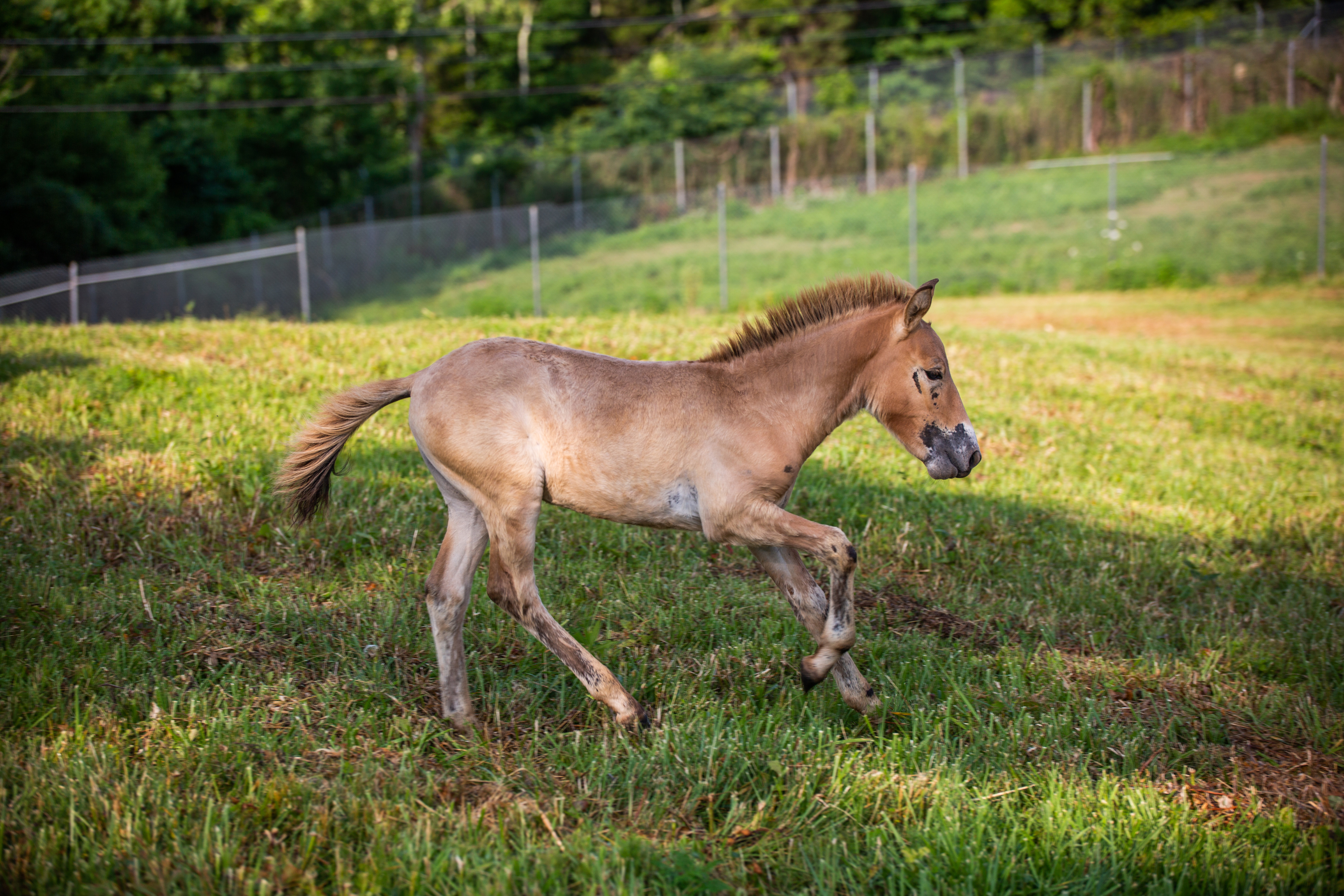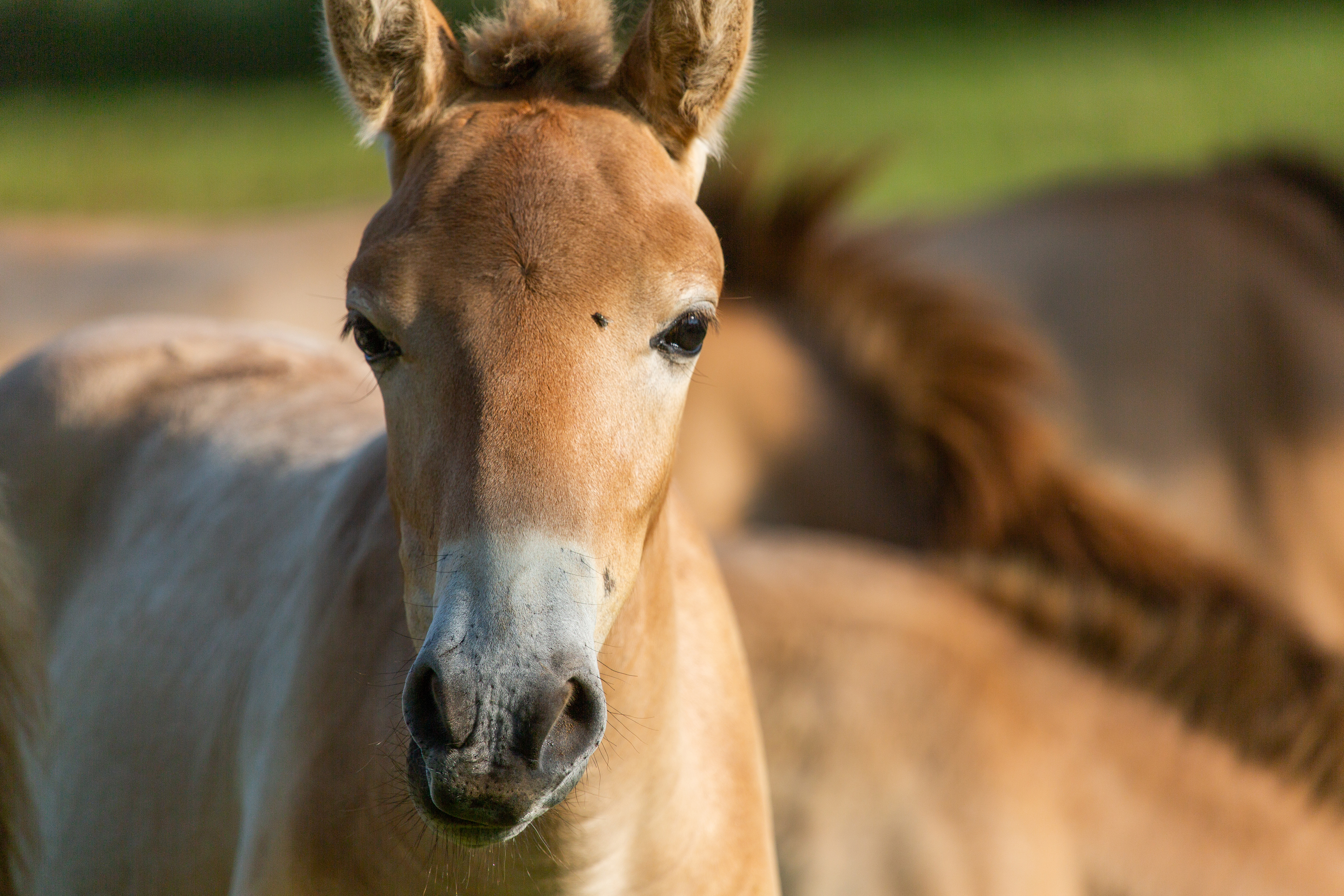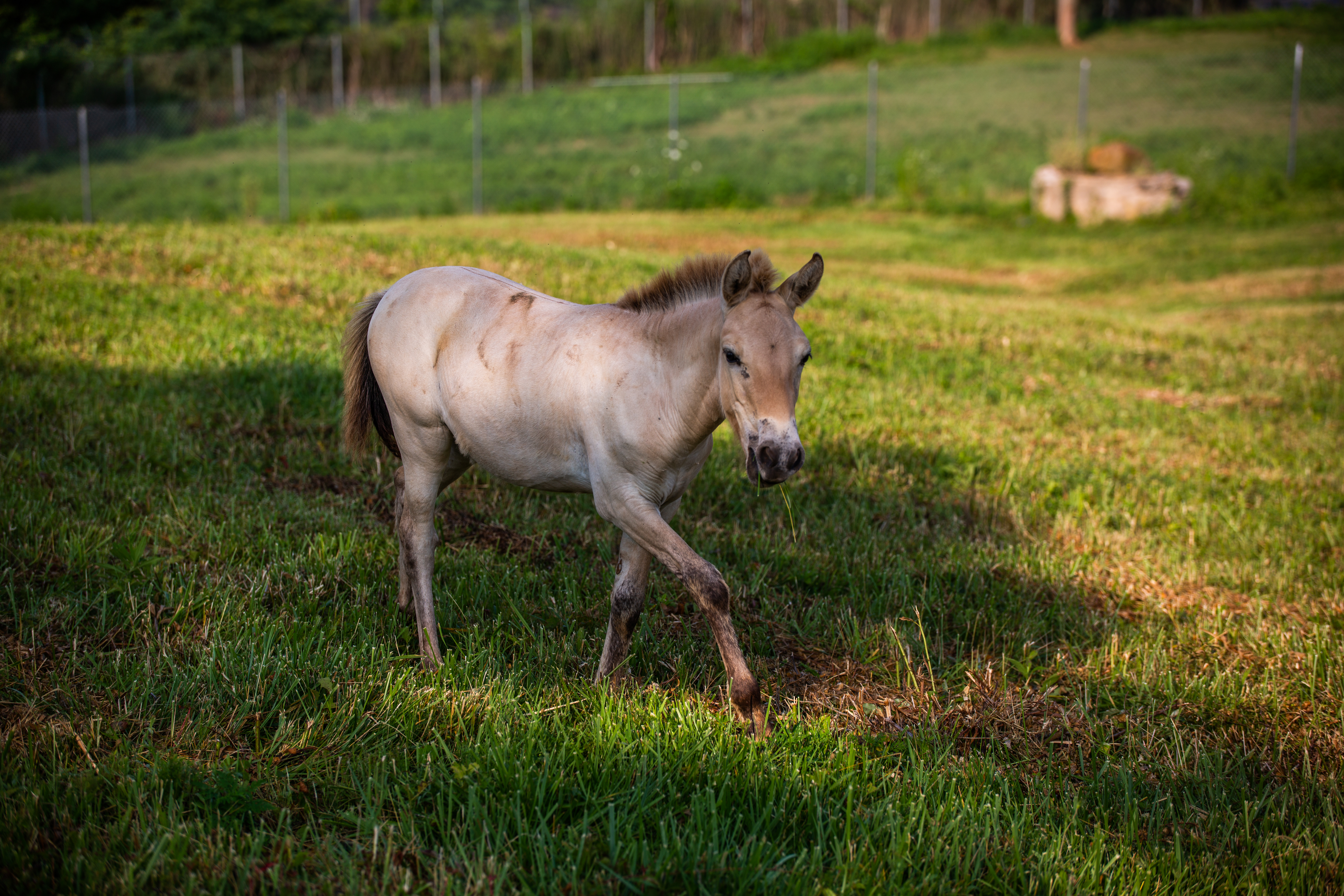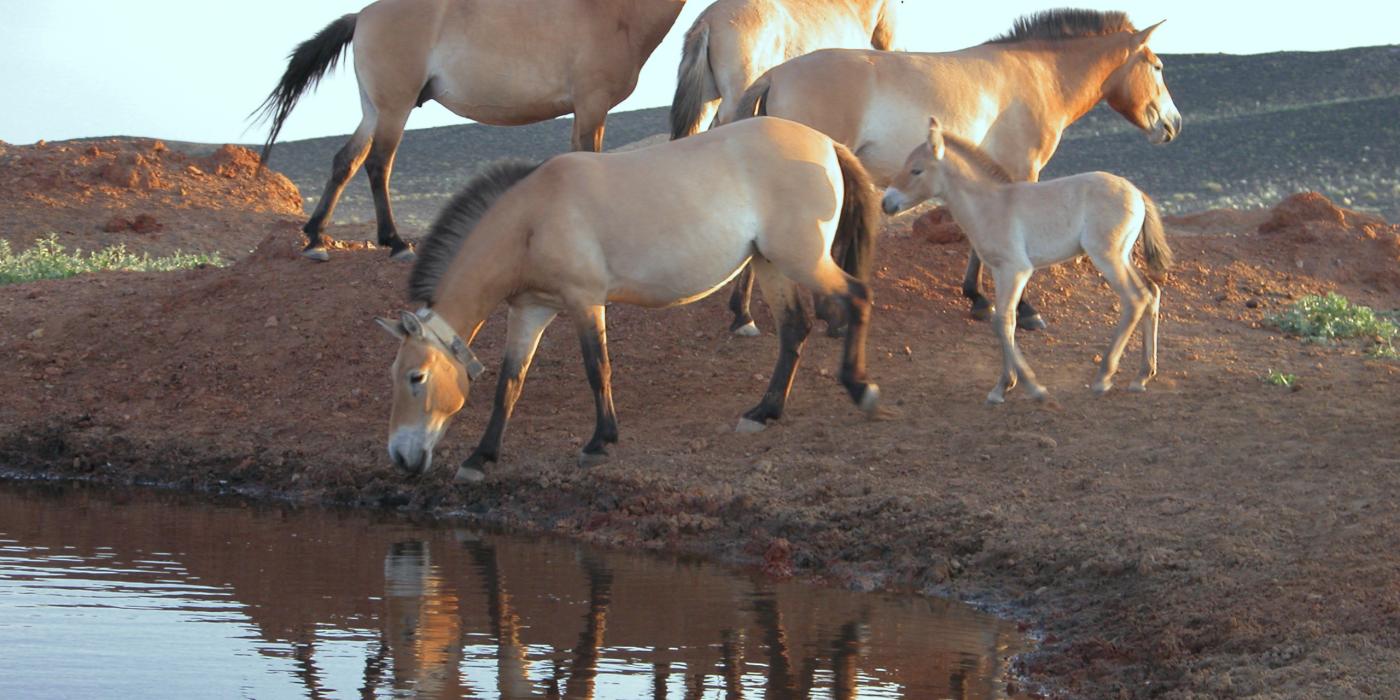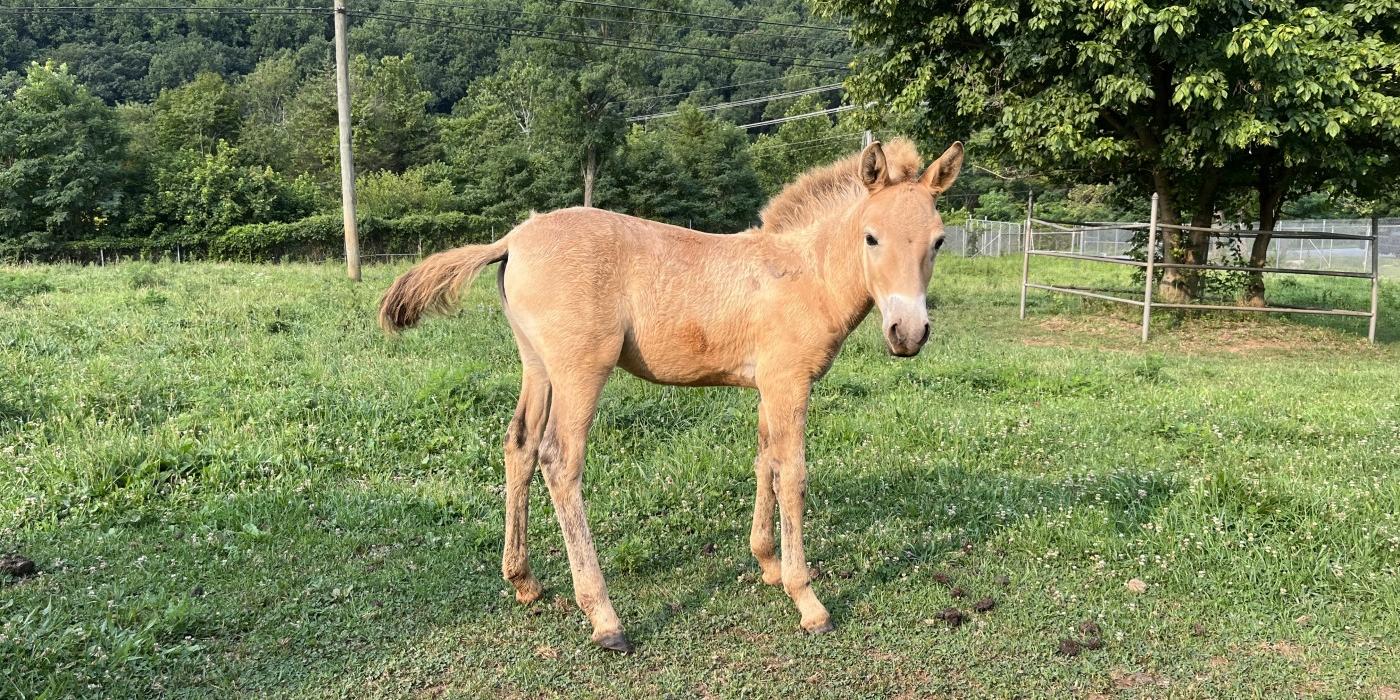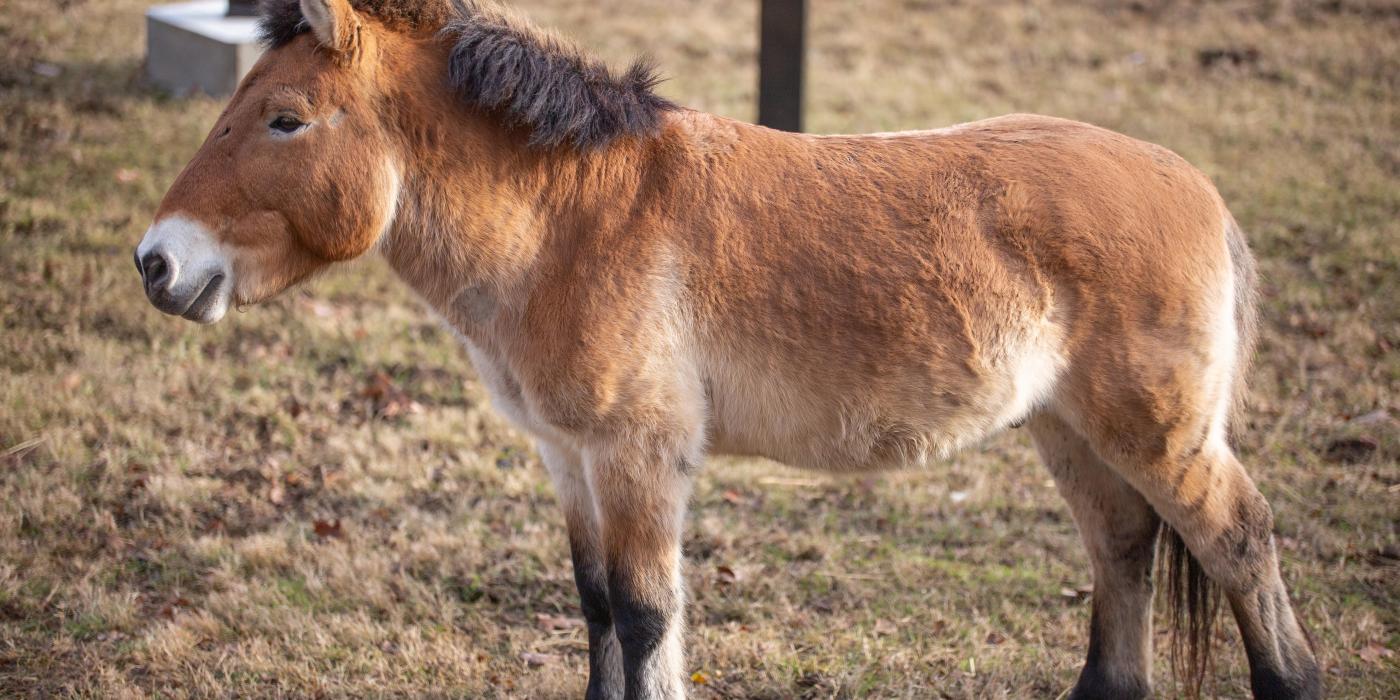Four Endangered Przewalski’s Horse Foals Born at the Smithsonian Conservation Biology Institute
Public Vote Will Decide Names of Three Colts
Four endangered Przewalski’s (sha-VAL-ski) horse foals were born at the Smithsonian Conservation Biology Institute (SCBI) between March and June. The first foal, a filly named Dahlores, was born March 20. The younger three foals are colts and were born March 23, April 30 and May 29. It is the first time in 28 years that SCBI has had that many foals at one time. The foals are thriving and are living in a herd with their mothers.
SCBI is asking the public to help name the three colts. All of the names are inspired by the biology and ecology of Przewalski’s horses with a fun #MyLittlePhorse twist. The three names that receive the most votes will be given to the colts. Keepers will assign the winning names to the individual animals. The winning names will be announced Aug. 13. The public can cast their votes on the Zoo’s website. The names to choose from are:
Takhi Twist—Takhi is the Mongolian word for Przewalski’s horse
Ulaanbaatar Hero—Ulaanbaatar is the capital of Mongolia
Steppenhoof—Przewalski’s horses are native to the steppes of the Gobi Desert in Mongolia
Gobi Wan Kenobi —Przewalski’s horses live in the Gobi Desert in Mongolia
Citizen Mane—Przewalski’s horses have dark spiky manes and no forelock
The oldest colt was born to Anne, and keepers describe him as outgoing and confident. The second colt was born to Winnie, and keepers have noticed that he is especially shy and sticks close to the herd. The youngest colt was born to Emma and is indecisive and still learning how to be part of the herd. SCBI will share photos and videos of the colts on social media with information about their personalities with the hashtag #MyLittlePhorse to help voters get to know the colts.
Native to Mongolia, China and Kazakhstan, Przewalski’s horses are listed as “endangered” by the International Union for Conservation of Nature. They were once extinct in the wild, and all the Przewalski’s horses alive today are descended from 14 individuals. SCBI scientists study Przewalski’s horse reproductive biology and have developed assisted reproduction techniques to help build a self-sustaining and genetically diverse population in human care. In 2013, the first Przewalski’s horse born as the result of an artificial insemination was born there.
SCBI ecologists also study Przewalski’s horses in the wild. They are learning about the movement and behavior of horses reintroduced Hustai National Park in Mongolia by tracking them with GPS tags. This year, 35 foals were born in the park and 28 survived through their first critical months. The survival of many of the foals proves that the horses reintroduced to the wild are thriving. A healthy population capable of producing foals will be necessary to establish herds of free-ranging Przewalski’s horses in the wild.
Przewalski’s horses have long been considered the last surviving wild horse species, however new data highlights a close genetic relationship between Przewalski’s horses and Botai horses. Botai horses are considered by some scientists to be the first domesticated species of horse. However, Botai horses form a clade (a group of descendants from one common ancestor) distinct from domestic horses. There is no strong evidence that Przewalski’s horses are feral descendants of domestic ancestors. Rather, they are unique descendants of horses within Botai/Borly clade and represent genetic diversity that is no longer found among horses. They are integral to a healthy steppe ecosystem.
SCBI plays a leading role in the Smithsonian’s global efforts to save wildlife species from extinction and train future generations of conservationists. SCBI spearheads research programs at its headquarters in Front Royal, Virginia, the Smithsonian’s National Zoo in Washington, D.C., and at field research stations and training sites worldwide. SCBI scientists tackle some of today’s most complex conservation challenges by applying and sharing what they learn about animal behavior and reproduction, ecology, genetics, migration and conservation sustainability.
Related Species:
Image Gallery
